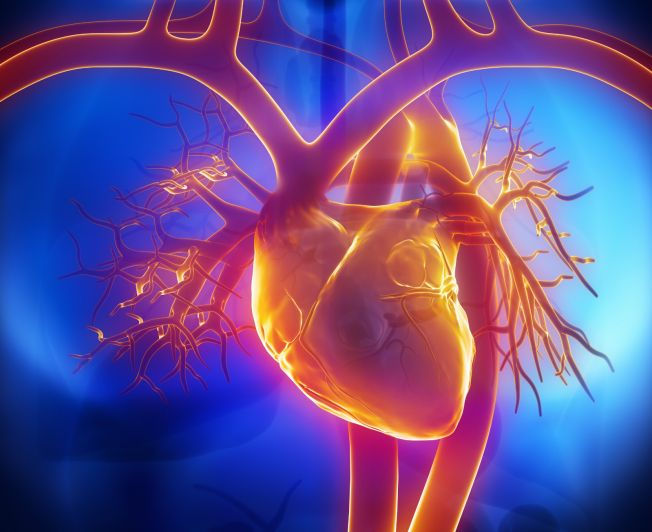
Stem Cells: The Building Blocks of Life
Organs: Available in the Future
The shortage of viable organs for transplant is a pressing concern. Growing organs from stem cells may solve that problem. For the time being, that technique is not sophisticated enough apply clinically. However, in the near future, creating functional organs from stem cells may save countless lives. Four potential therapies are shown below.

In 2013, scientists in Japan successfully grew liver buds from stem cells. A team led by Takanori Takebe reprogrammed skin cells into iPSCs and then converted those stem cells into liver cells. The liver cells formed functional liver buds, which they implanted in mice. Those liver buds were able to keep the mice alive for two months. Although growing livers that are adequate for human use is not possible yet, scientists are now one step closer to that goal.

In 2013, scientists from the University of Pittsburgh announced their success at growing human heart tissue from stem cells. Using iPSCs, scientists generated precursor heart cells that eventually developed into heart muscle. Supplied with blood, the heart muscles contracted!

Australian scientists led by Melissa Little constructed a rudimentary kidney using stem cells. They created a specific environment in a dish so that stem cells would self organize into a kidney. Although this process has ways to go before it can be applied to human trials, the team's work can lead to new developments in fighting kidney diseases.

In 2013, scientists in Japan successfully grew liver buds from stem cells. A team led by Takanori Takebe reprogrammed skin cells into iPSCs and then converted those stem cells into liver cells. The liver cells formed functional liver buds, which they implanted in mice. Those liver buds were able to keep the mice alive for two months. Although growing livers that are adequate for human use is not possible yet, scientists are now one step closer to that goal.